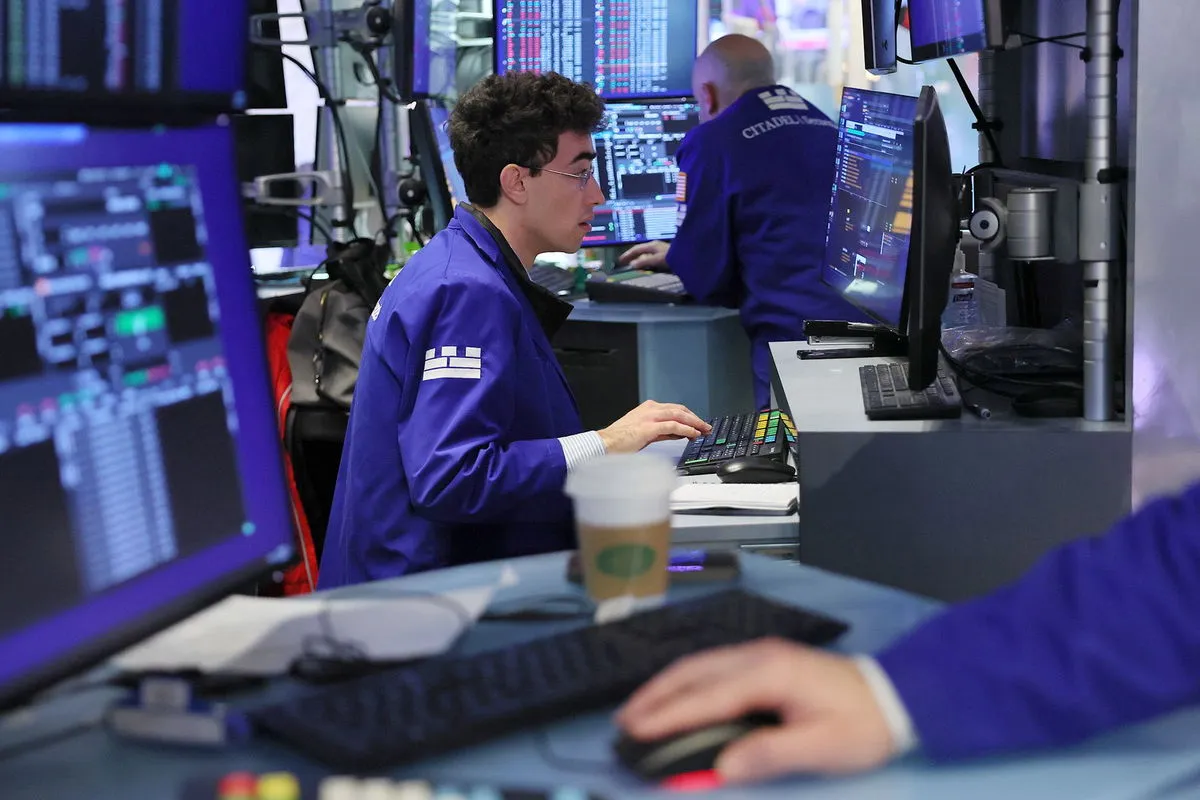The US-China Tariff Truce: A Game Changer for Global Trade
In a dramatic turn of events, financial markets reacted exuberantly as news of a significant reduction in tariffs between the United States and China broke. The Dow Jones Industrial Average surged by an impressive 1,100 points, marking one of its most notable increases in recent history. This uptick can be attributed to the anticipation of a thawing in trade tensions that have long plagued both economies.
Understanding the Trade Deal
The recent trade deal between the US and China is being hailed as a pivotal moment in the ongoing economic rivalry. President Trump and his team appeared optimistic as they negotiated lower tariffs, aiming to foster better trade relations. As the tariffs were reduced, many exporters began to wonder what the actual implications would be for their businesses and the broader market.
What Tariffs Will Exporters Actually Pay?
Following the announcement of the trade deal, a key question arose: what tariffs will exporters actually pay? This question is critical for businesses that have been navigating the previous higher tariffs imposed by the Trump administration. With the new agreement in place, exports from the US to China are anticipated to benefit significantly, potentially leading to lower costs for American manufacturers and consumers alike.
The specifics of the tariffs, which vary by industry, will play a crucial role in determining how much businesses will actually save or lose in the current economic climate. For instance, agricultural products, a significant sector for exports, may see substantial decreases, encouraging farmers to increase their exports to China which represents a massive market.
Market Reaction and Economic Implications
The immediate response from the stock market was overwhelmingly positive. The 1,100-point surge in the Dow reflects a collective sigh of relief from investors, who have long been anxious about the impacts of the trade war on corporate profits. Sectors heavily affected by tariffs, such as technology and manufacturing, saw a massive boost, reinforcing the need for a swift resolution to the trade impasse.
Moreover, this dramatic market reaction underlines the powerful influence that trade policies wield over the economy. When uncertainty is alleviated—such as through reduced tariffs—investors often regain confidence, which can set off a chain reaction of increased spending and investment.
The Limitations of Trump’s Aggression
However, while the current tariff reduction brings some optimism, it also highlights the limitations of President Trump’s aggressive trade strategies. The initial approach, which included raising tariffs as a negotiation tactic, sparked retaliatory measures from China that hurt American manufacturers and farmers. Many analysts argue that the previous strategy may have been short-sighted and unnecessarily escalated tensions between the world’s two largest economies.
Despite the positive news regarding tariff reductions, critics emphasize that the underlying issues surrounding trade imbalances and intellectual property theft still loom large. These issues remain unaddressed in the current trade agreement, serving as a reminder that while tariffs can be lowered, the root causes of trade friction may still persist.
Future Prospects: A Cautious Optimism
Looking ahead, the path appears to be one of cautious optimism. The trade deal could mark a transition toward more constructive engagement between the US and China, which could pave the way for further negotiations on unresolved issues. However, stakeholders within the business community are urged to remain vigilant and prepared for potential volatility ahead, given the unpredictable nature of geopolitical affairs.
Moreover, analysts are now examining how businesses can adapt to this new environment of lower tariffs. Companies that have been stifled by high tariff rates will likely reassess their pricing strategies and supply chains. With newfound flexibility, many firms may explore opportunities for expansion into the Chinese market, looking to capture the benefits of reduced costs.
Conclusion
In conclusion, the recent US-China trade deal marks a significant milestone for both nations, paving the way for potential economic recovery and growth. While the immediate effects are visible in the markets, long-term stability will depend on the broader resolution of ongoing trade disputes and the establishment of a mutually beneficial trading framework. As tariffs lower, exporters will need to remain informed and adaptable, ensuring that they capitalize on the opportunities this deal presents while preparing for future challenges. The overall health of the global economy may ultimately hinge on the outcomes of continued negotiations and the ability of both nations to collaborate in a post-tariff world.







